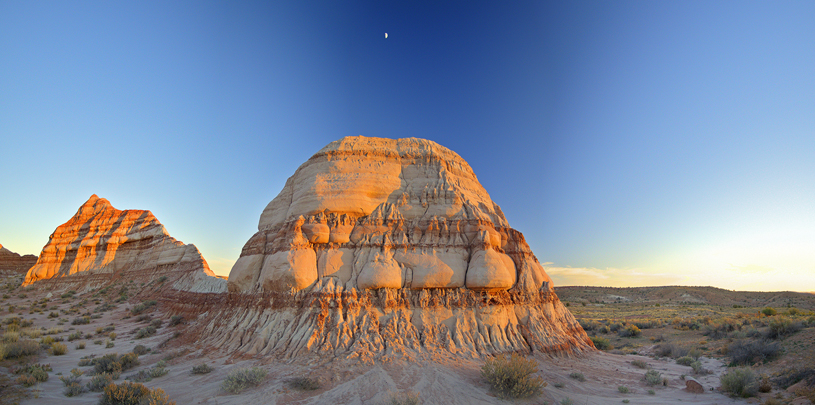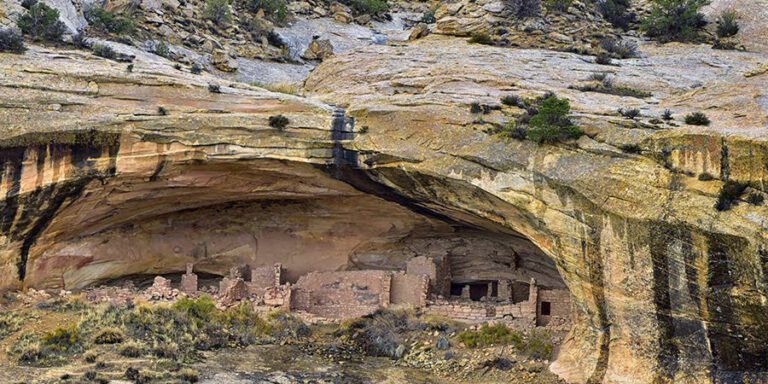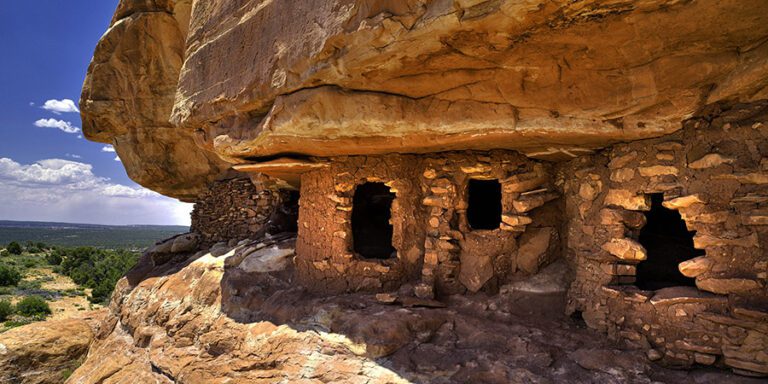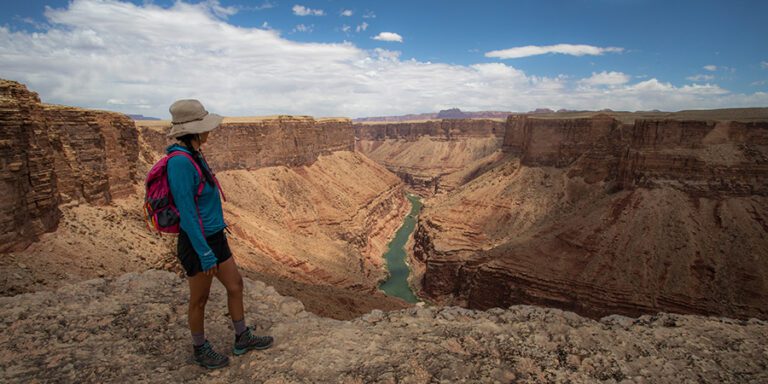
The truth about America’s national monuments.
President Trump’s April 26, 2017 executive order sets forth to review and potentially revise or eliminate national monuments designated by Presidents Obama, Bush, and Clinton. The order references economic harm and restrictions on public access as reasons to review monument designations. Yet monuments can enhance public access by limiting destructive land uses and can promote economic growth. The nature wonders of Bears Ears, Canyons of the Ancients, Grand Canyon-Parashant, Grand Staircase-Escalante, and Vermilion Cliffs national monuments here on the Colorado Plateau are included in the order. These lands belong to the American people and are neither federal land grabs nor economic disasters. Let’s dig a little deeper into the myths and facts regarding these protected public lands:
MYTH: National monuments are federal land grabs.
FACT: National monuments are already federally managed public lands.
Public lands receive monument designation after the president determines that they meet the qualifications under the Antiquities Act of 1906 and are areas that contain “historic landmarks, historic and prehistoric structures, and other objects of historic or scientific interest.” National monument designation, by definition, cannot increase federal land holdings or change land managers, nor can it include state or private lands. Rather, national monuments are public lands already managed by the federal government — not an expansion or change of ownership. In some cases, national monument proposals have catalyzed beneficial state land exchanges that ensure the integrity of the monument and deliver large payouts for state trust lands and education. For Grand Staircase-Escalante the payout included $50 million in cash and have generated $340 million in revenue for Utah’s permanent school trust.
MYTH: National monuments bar practices like livestock grazing and traditional firewood or plant gathering.
FACT: National monuments are managed for “multiple uses,” and allow a myriad of activities.
National monuments are managed under a “multiple-use” mandate; many different natural resource uses are allowed. Traditional gathering and livestock grazing still occur across national monuments on the Colorado Plateau, and monument proclamations mandate that these existing uses continue. Just as before monument designation, livestock grazing is managed via a public lands permit system. Since designation, the livestock numbers on these national monuments, including Utah’s Grand Staircase-Escalante National Monument, have remained relatively constant. Traditional plant and firewood gathering is also protected under most national monument designations, and is an explicit component of the Bears Ears proclamation. Importantly, we all have the opportunity to have a say in the development of monument management plans, which guide resource uses and help protect these natural landscapes and cultural treasures for future generations.
MYTH: National monuments limit recreation. Hunting, off-road vehicle touring, bicycle riding, and rock climbing are not allowed.
FACT: Actually, on these monuments they are allowed. National monuments can ensure ongoing land access for hunting, fishing, and other outdoor recreation.
Ample hunting and recreational opportunities exist on these national monuments. And, yes, you can take your off-road vehicle or bicycle out on designated roads and trails. Monument proclamations do not close any roads or trails in and of themselves. While states still manage hunting, even on federally managed lands, access for hunters and fishermen may be guaranteed on national monuments, and, in some cases, is more favorable than on state or private lands. National monuments ensure that incredible landscapes and cultural history are protected for generations to enjoy. So, think about touring rock art panels in Canyons of the Ancients, scaling the clean crack climbs of Indian Creek in Bears Ears, or backpacking deep into the Paria Gorge of Grand Staircase-Escalante.
MYTH: National monuments hurt local economies.
FACT: National monuments have bolstered local economies.
In the local economies adjacent to national monuments on the Colorado Plateau, monuments have helped create jobs, increase incomes, strengthen property values, and attract new investment and new residents. Since designation, Canyons of the Ancients, Grand Canyon-Parashant, Grand Staircase-Escalante, and Vermilion Cliffs national monuments have contributed from a 10 percent to a 44 percent increase in local jobs and from a 21 percent to a 44 percent increase in real personal income, among other economic benefits.
To sum up
In 1996, President Clinton’s designation of Grand Staircase-Escalante National Monument was criticized as Washington, D.C. being out of touch with the real American West. But, in reality, these criticisms better reflect President Trump’s current executive order to review past national monument designations. A 2016 poll by The Pew Charitable Trusts found that a majority of residents found Grand Staircase-Escalante National Monument had positive impacts on Utah’s tourism industry (70 percent) and on Utah’s wildlife (62 percent). Across the West, recent polling also shows that 80% of westerners want to leave our national monuments as they are.
With this executive order, it is President Trump who seems out of touch with the real American West. Economic growth has followed monument designations, and monuments like Bears Ears are symbols of healing, especially for the original residents of the West — Native Americans.
On these public lands, the local practices of ranching and traditional gathering continue, hunting and recreational access are maintained, and cultural history is celebrated, not to mention the benefits for fish and wildlife habitat. The arc of American history has favored greater protections for our natural treasures over time, but Trump’s order threatens to reverse that trend.




